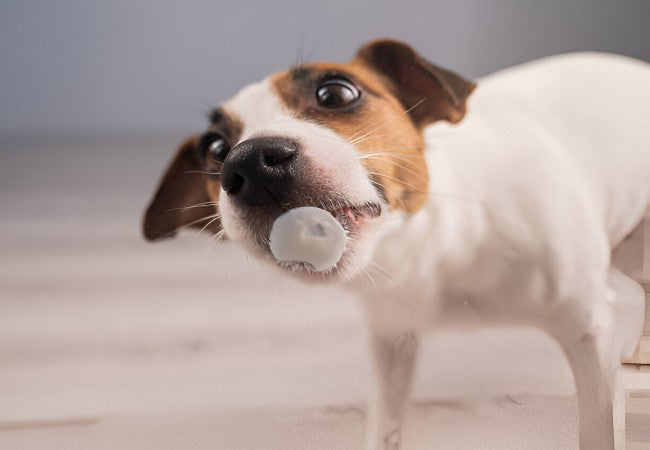Mothball Toxicity in Pets – Vet Led Guide 2025 🐶🐱

In this article
Mothball Toxicity in Pets – Vet Led Guide 2025 🐶🐱
By Dr. Duncan Houston BVSc
Hello, I’m Dr Duncan Houston, BVSc, founder of Ask A Vet. In this updated 2025 guide, we’re exposing the hidden dangers of mothballs—those innocent-looking household pest repellents—so you can protect your beloved dogs and cats from toxic danger. With clear explanations, emergency guidance, and safety tips, I’m here to help you keep pets safe 🏡.
❓ What Are Mothballs?
Mothballs are pesticide-based repellents used to deter moths and larvae from clothing. They release vapors slowly and come in forms like balls, flakes, cakes, or powder. In North America, they contain either:
- Naphthalene – older style; highly toxic, highly flammable
- Paradichlorobenzene (PDB) – modern; less toxic, still dangerous
- Camphor – used in some countries; potent CNS toxin
These chemicals can poison pets via ingestion, inhalation, or skin contact.
🔍 Why Are They Dangerous to Pets?
Even small exposures can cause serious harm:
- Ingestion: GI upset, vomiting, tremors, seizures, anemia, organ damage
- Inhalation or skin contact: Eye/nose irritation, respiratory distress, tremors
Camphor affects the nervous system most severely; naphthalene damages red blood cells leading to anemia and organ strain; PDB impacts the nervous and GI systems, with potential chronic liver/kidney damage.
🐾 Symptoms by Chemical Type
Naphthalene
- Vomiting, anorexia
- Weakness, lethargy
- Brown gums (anemia), tremors, seizures
- Possible kidney/liver damage, cataracts
PDB
- GI upset, lethargy
- Tremors, ataxia, seizures
- Potential liver/kidney damage, eye irritation
Camphor
- CNS depression or excitation
- Seizures, GI issues
Note: Even small pets (like cats, toy breeds) can be severely harmed by ingestion of just one mothball.
🩺 Diagnosis in Practice
- History & exam: Exposure type, smell on breath/fur
- Bloodwork & urinalysis: Look for anemia, organ enzymes
- Imaging: Identify retained mothballs, fluid shifts
- Special tests: Blood gases if anemia suspected
🚨 Emergency Treatment
- Remove source; call your vet or Pet Poison Hotline (1‑855‑764‑7661)
- Do NOT induce vomiting at home—only under vet guidance
- Veterinary decontamination: emesis, activated charcoal, gastric lavage
- Supportive care: IV fluids, antiemetics, anti-seizure meds
- Oxygen/ventilation if breathing issues
- Severe cases: blood transfusion for anemia
- Ongoing monitoring: CBC, liver/kidney panels
📅 Prognosis & Follow‑Up
- Early treatment often leads to full recovery
- Delayed cases may have lasting organ damage
- Monitor for months after exposure to catch late-onset issues
🏡 Prevention & Home Safety Tips
- ✔ Avoid using mothballs—there are safer alternatives
- ✔ Store in tightly sealed containers, out of pets' reach
- ✔ Use moth traps, cedar blocks, airtight storage instead
- ✔ Ventilate areas where mothballs were used to clear residual fumes
- ✔ Watch for eye/nose irritation if mothballs are present
🧰 Role of Ask A Vet
Need help right away? Chat with Ask A Vet for immediate advice. Keep your home safer with non-toxic storage solutions and natural repellents. And soothe stressed pets with calming enrichment while recovering at home.
✨ Final Thoughts
Mothballs may seem harmless—but even a single orb can pose serious, sometimes life-threatening risks to your pets. With early detection, rapid intervention, and a safer home environment, most pets recover well. Always reach out quickly via Ask A Vet or your vet if exposure is suspected. Together, we can keep paws happy—and toxin-free 🐾😌.
If you suspect exposure, don’t wait—contact your vet or Ask A Vet for urgent support and guidance.






